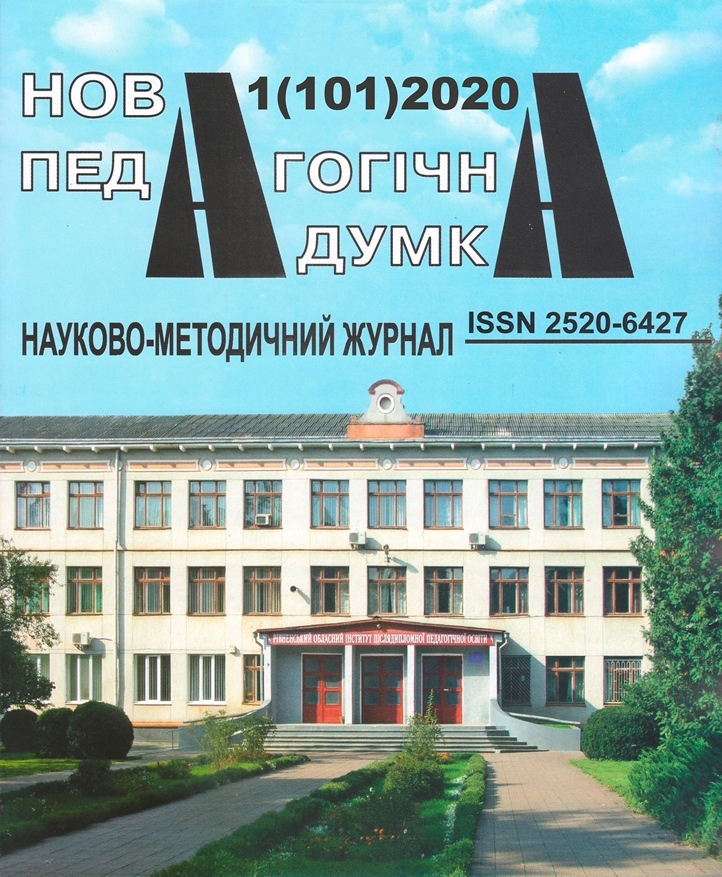FORMATION OF MOTIVATION PROFESSIONAL DEVELOPMENT OF ICT TEACHERS
Abstract
The article investigates the issues of teachers’ professional growth. Emphasis is placed on the formation of sustainable motivation for teachers’ professional growth in the use of information and communication technologies. On the basis of the current trends it is determined that the teacher should have technological and information and communication techniques to solve practical problems in educational activities, ability to use special software tools to ensure the development of school education. The article analyzes the scientific and pedagogical literature, which presents the interpretation of the motivation and motivational sphere of the authors who investigated this issue. The pedagogical conditions for forming the motivation of teachers’ professional growth and the use of information and communication technologies in pedagogical activities are considered and substantiated. The role of motivation, in particular, of self-motivation, which is connected with the self-assertion of a teacher as a professional and activates him for professional growth, is revealed. Analysis of basic concepts confirmed that the notion of motivation is used to characterize both internal and external factors, which affect the individual and motivate him to act in a certain way. The article presents the results of the experimental study involving 120 teachers of different specialties (2 experimental groups and 2 control groups). The experiment was based on the model of teachers’ professional development in modern conditions. The article provides examples of discussion questions and cinquains. The results of the summative and formative stages of the pedagogical experiment are shown in the tables. The dynamics of the formation of motivation for the use of information and communication technologies is given in the diagram. Through the processing of statistics by the SPSS Statistics program it was revealed that the indicators of self-motivation and external motivation of the teachers in the experimental group were different. To check the validity of the results, we used the mathematical statistics method – Pearson’s chi-squared test c2.





